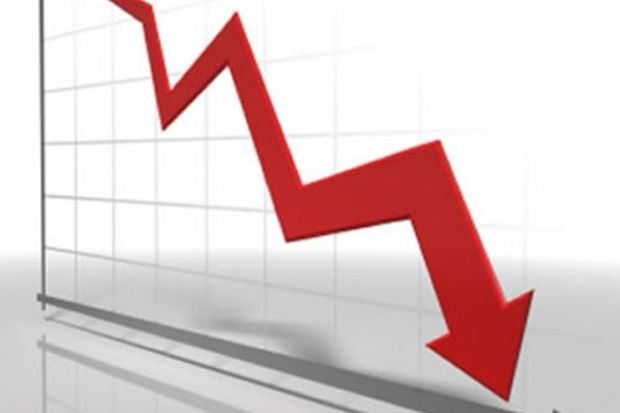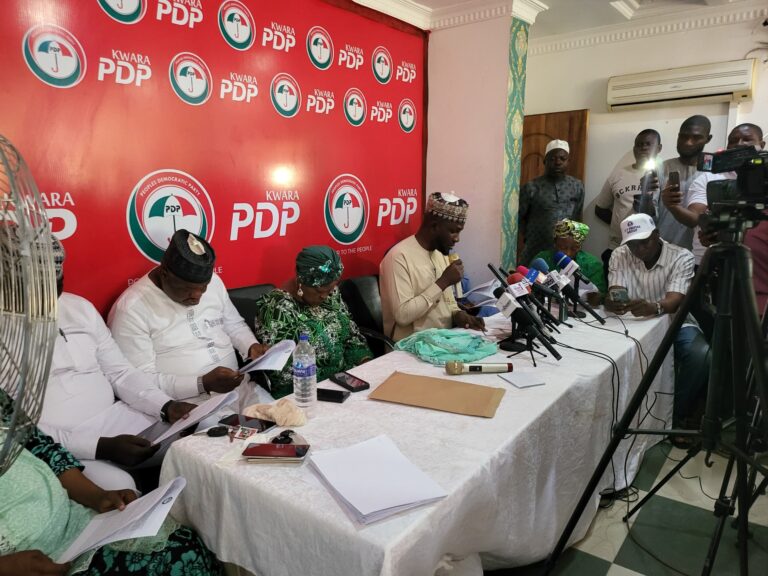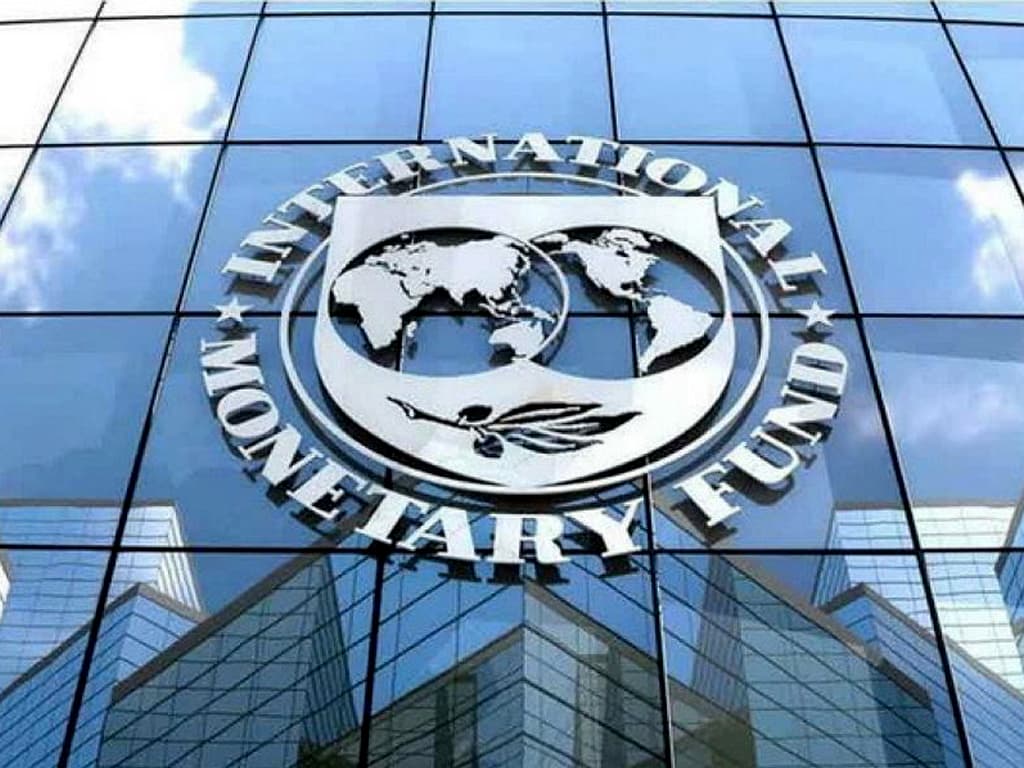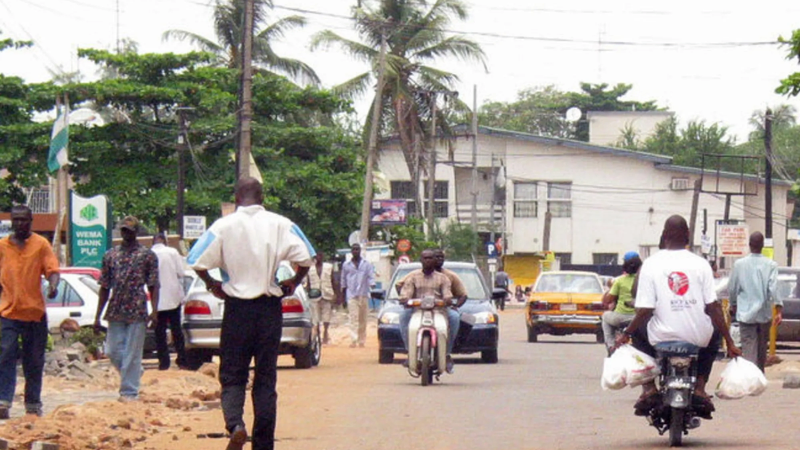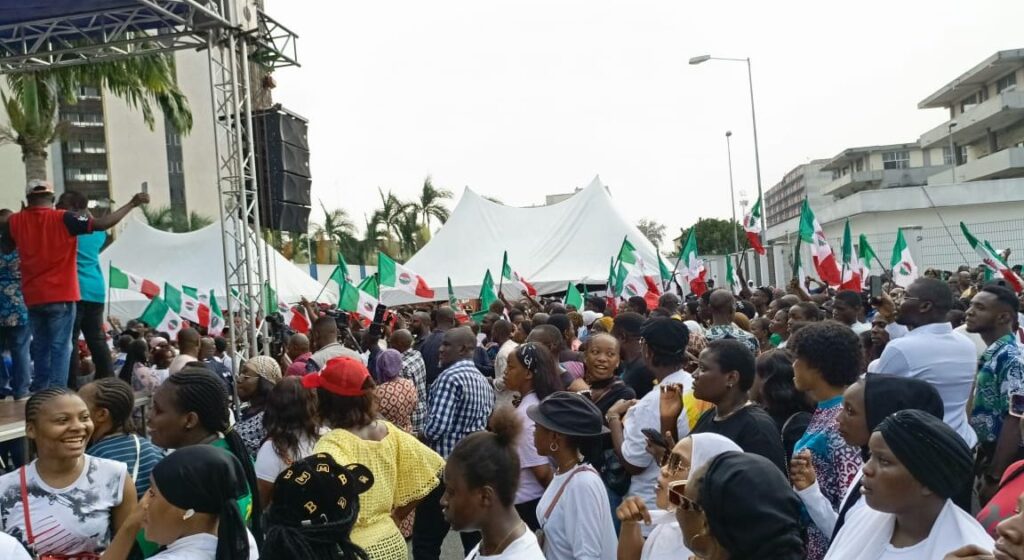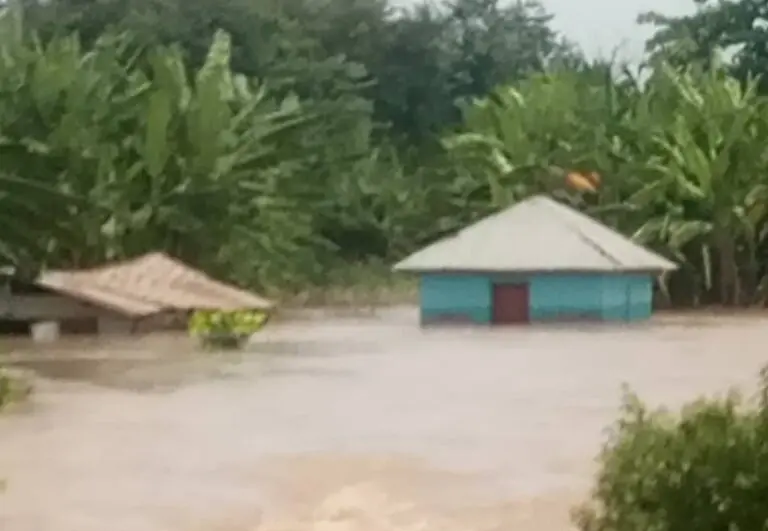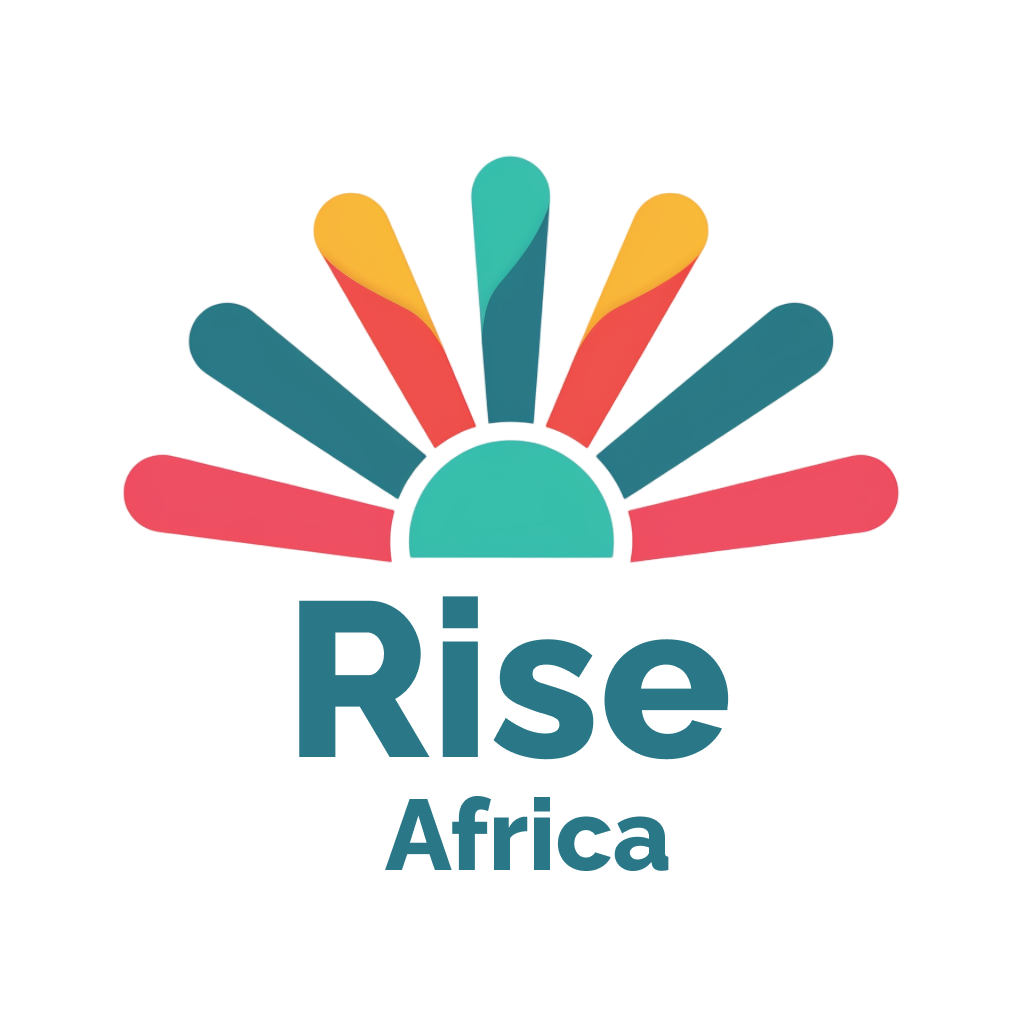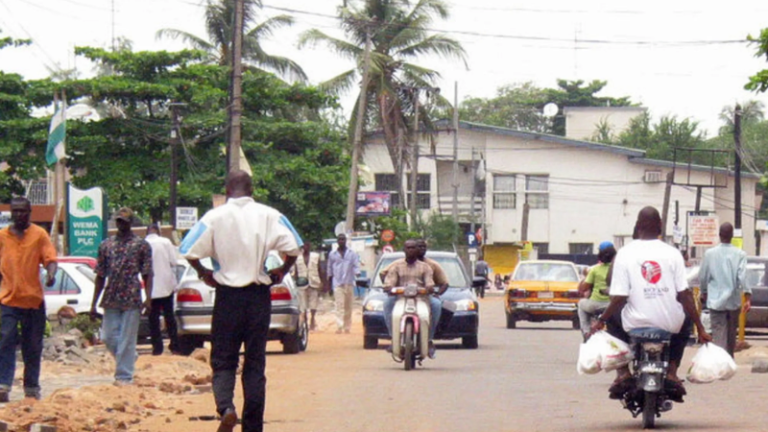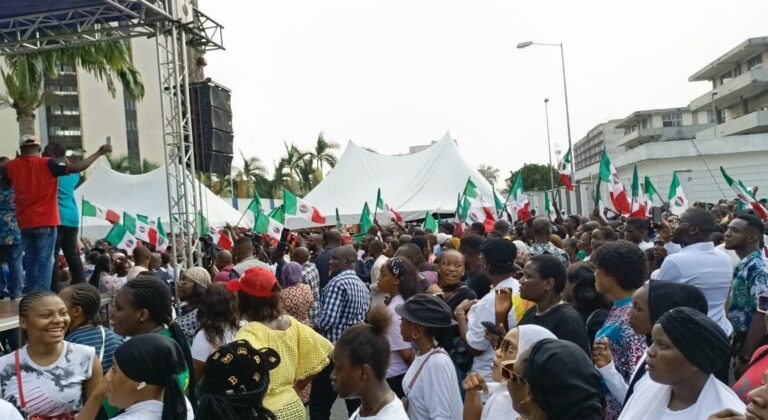The International Monetary Fund (IMF) has projected that Nigeria’s government debt-to-Gross Domestic Product (GDP) ratio will rise to 51.3 percent this year from 46.4 per cent in 2023.
The Fund, which stated this in its October 2024 regional economic outlook for Sub-Saharan Africa, titled, “Reforms amid great expectations” presented in Lagos yesterday, however, projected that the country’s debt-to-GDP ratio will fall to 50.0per cent in 2025.
In its “Fiscal Monitor Report,” released last month the IMF had said that Nigeria’s debt-to- GDP ratio stood at 50.7 percent and that the figure was expected to drop slightly to 49.6 percent next year.
The Bretton Woods institution further estimated that Nigeria’s debt-to-GDP will further fall to 48.5 per cent in 2026, 48.2 percent in 2027; before rising to 48.8 per cent and 49.1 per cent in 2028 and 2029, respectively.
The debt-to-GDP ratio measures the amount of a country’s national debt in relation to its GDP. A high debt-to-GDP ratio indicates that a country has a significant amount of debt relative to the size of its economy, while a low debt-to-GDP ratio shows that the country produces goods and services sufficient to pay back debts without incurring further debt.
Analysts note that the higher debt-to-GDP ratio projected for Nigeria this year in the IMF’s latest report, compared to the Fund’s estimate for last year, suggests that government has accumulated more debt this year.
Indeed, latest data released by the Debt Management Office (DMO) shows that Nigeria’s total public debt stock-comprising external and domestic debt of the FG, States and FCT, rose by 10.35 per cent to hit N134.30 trillion as at June 30, 2024, from N121.67 trillion as at March 31.
Meanwhile, in its analytical note for the October 2024 regional economic outlook for Sub-Saharan Africa, published on Thursday, the IMF stated that growth in sub-Saharan Africa’s Resource-Intensive Countries (RICs)—and especially in fuel exporting economies such as Nigeria, Angola and Chad— has slowed down sharply over the past ten years, falling far below growth in non-RICs (such as Ethiopia, Rwanda, and Senegal).
Stating that “incomes in RICs have essentially stagnated,” the Fund noted that: “This marks a sharp contrast with the decade leading up to 2014, when RICs experienced rapid growth, in line with the region’s strong overall performance.”
The IMF stressed that reversing the growth divergence between the RICs and non-RICs, “is a regional priority, as RICs make up about two-thirds of sub-Saharan Africa’s GDP and population.”
“It is also a humanitarian priority. Poor growth performance has translated into poor development outcomes—progress in tackling poverty in RICs effectively halted in 2014.
